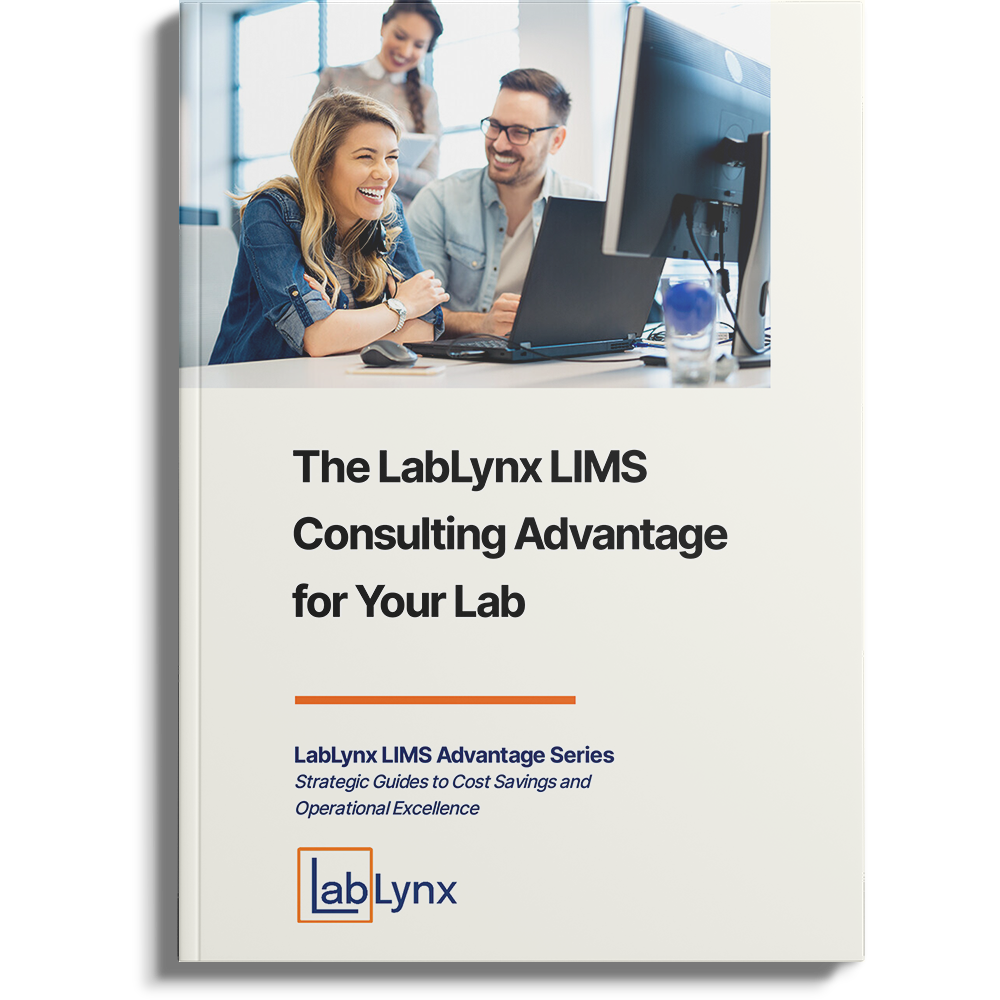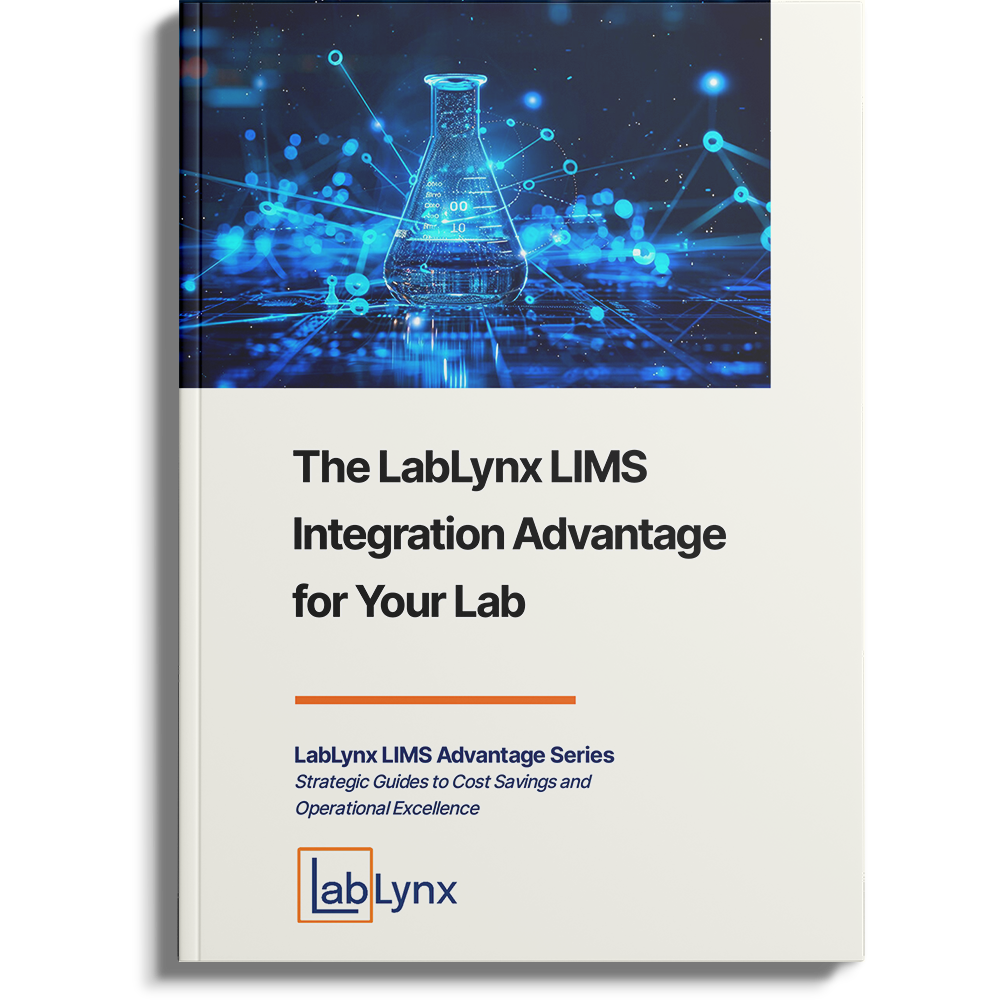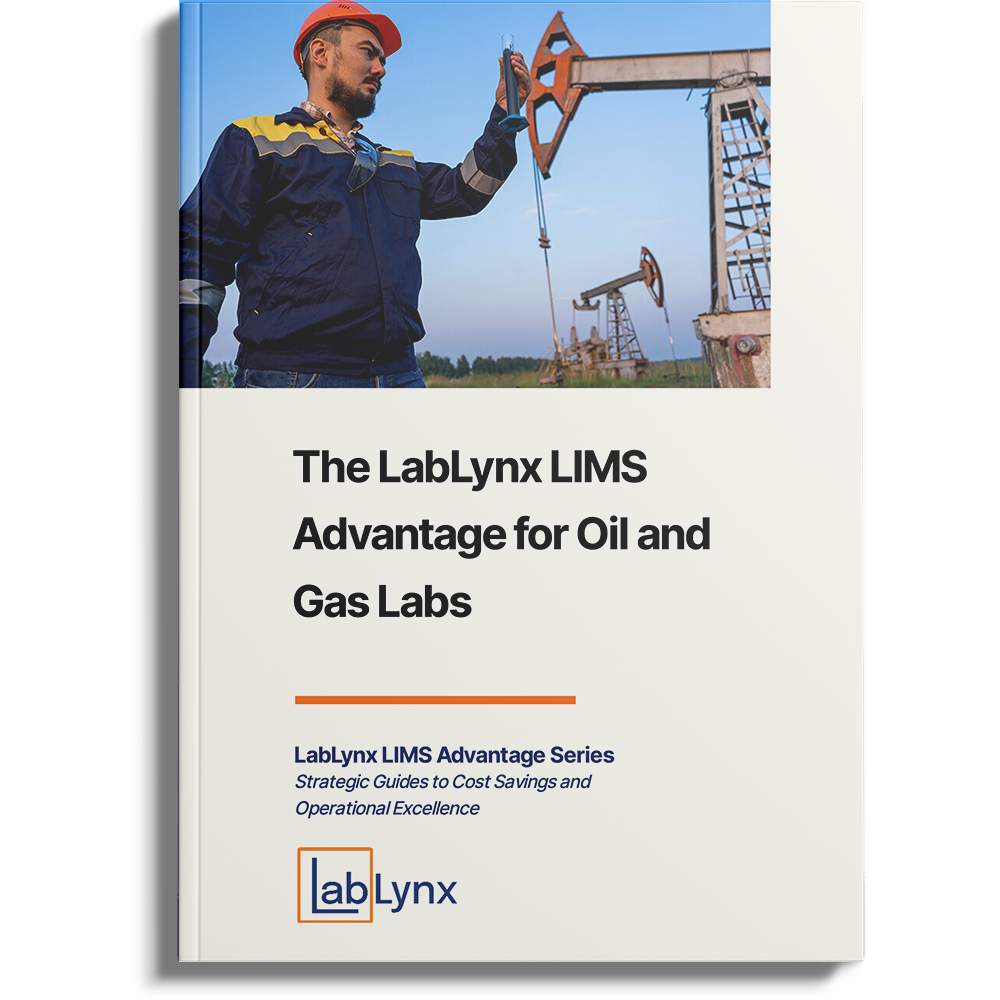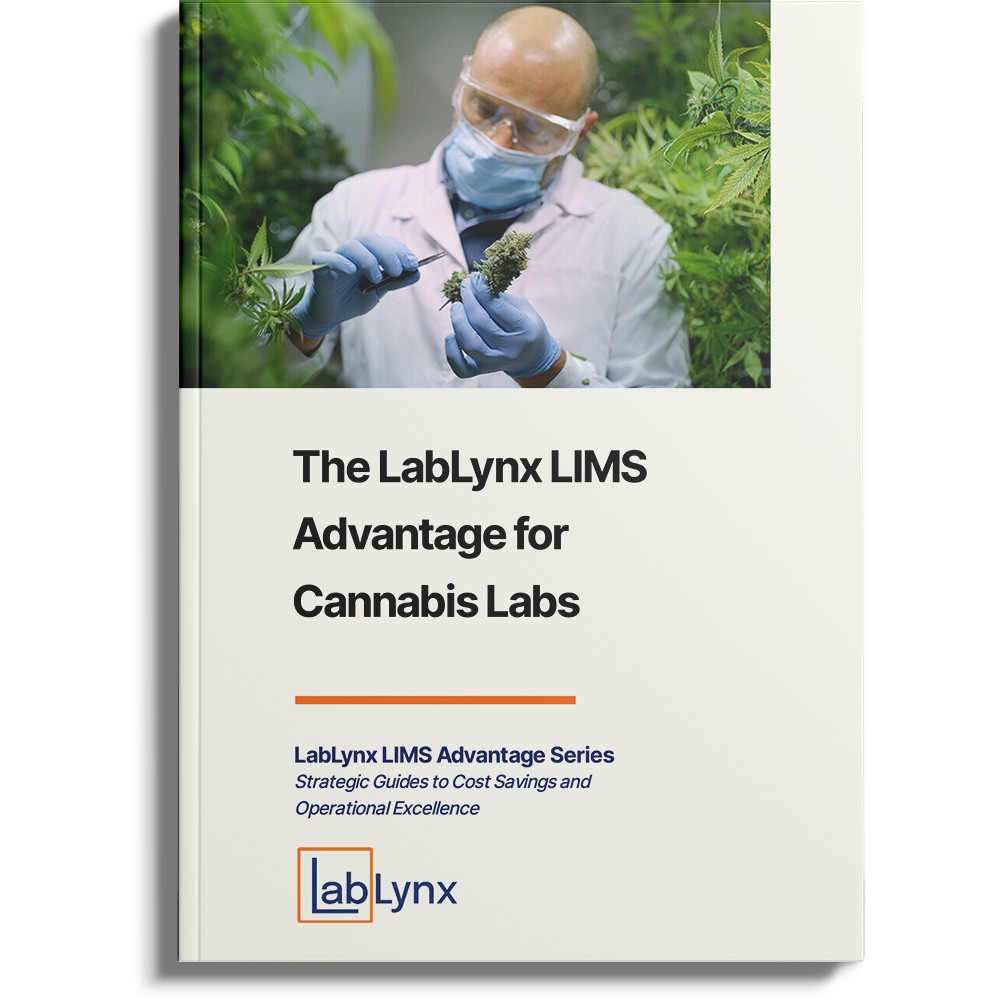
When laboratories consider implementing a Laboratory Information Management System (LIMS), one of the most common questions that arises is, “Why are LIMS so expensive?” At first glance, the cost of deploying a LIMS may seem daunting, but like any advanced technology solution, the price is a reflection of the system’s complexity, capability, and the value it delivers in the long run. In this article, we’ll break down why LIMS systems carry a hefty price tag and how their features and benefits make them a worthwhile investment for labs of all sizes.
The Layers Behind LIMS Costs
To understand why LIMS are expensive, it’s essential to consider the multiple layers of development, customization, and integration that go into these systems. Here are some key factors contributing to the cost:
1. Comprehensive Functionality and Features
LIMS platforms are highly sophisticated systems designed to manage every aspect of lab operations, from sample tracking and workflow automation to data analysis and regulatory compliance. They integrate multiple functionalities into one platform, which requires complex software development. This broad functionality comes at a cost, as LIMS must be versatile enough to meet the diverse needs of laboratories across industries—whether it’s a clinical, pharmaceutical, environmental, or food safety lab.
2. Customization for Unique Lab Requirements
No two labs are exactly alike, and neither are their LIMS needs. A significant portion of the cost comes from the level of customization required to adapt the system to the lab’s specific workflows, reporting needs, and regulatory requirements. For example, forensic labs may need strict chain-of-custody protocols, while environmental labs require geographic data integration for field samples. Building and configuring a LIMS to support these specialized needs demands additional resources, expertise, and development time.
3. Data Security and Compliance
One of the most critical roles of a LIMS is ensuring that labs remain compliant with industry regulations and data security standards. Whether it’s HIPAA for clinical labs, ISO 17025 for testing labs, or FDA 21 CFR Part 11 for pharmaceutical labs, LIMS must adhere to strict regulatory requirements. Ensuring that the system is compliant with these standards requires ongoing software updates, testing, and rigorous security protocols—all of which contribute to the overall cost.
4. Integration with Lab Equipment and Other Systems
Modern laboratories rely on a wide range of instruments and technologies to conduct testing and generate data. A powerful LIMS needs to integrate seamlessly with these instruments to automate data collection and reduce human error. Additionally, LIMS often integrate with other essential systems, such as ERP, EMR, or CRM platforms, to provide a holistic view of lab operations. These integrations require custom interfaces, which add to the complexity and cost of the system.

5. Ongoing Maintenance and Support
The cost of a LIMS doesn’t stop at installation. Ongoing support, software updates, and system maintenance are crucial to ensure the LIMS continues to perform optimally as the lab’s needs evolve. Comprehensive support packages, including helpdesk services, software patches, and regular system upgrades, are factored into the overall cost, ensuring the system remains secure and up-to-date over its lifecycle.
6. Training and Onboarding
A LIMS is only as good as the team using it. Proper training and onboarding are necessary to ensure that lab personnel can maximize the system’s potential. Many LIMS providers offer comprehensive training programs to get teams up to speed, and these programs are often included in the cost to ensure that labs can fully leverage the system’s features from day one.
How LIMS Deliver Value Beyond the Price Tag
While the initial price of a LIMS may seem high, it’s important to weigh this against the significant value the system delivers. Here’s how LIMS justifies the investment:
1. Enhanced Efficiency and Productivity
A well-implemented LIMS can automate repetitive tasks, streamline workflows, and reduce the time spent on manual data entry, allowing lab personnel to focus on high-value activities. This increased efficiency leads to faster turnaround times and ultimately greater productivity, which translates into cost savings for the lab.

2. Improved Data Accuracy and Integrity
Human errors in data entry or sample management can lead to costly mistakes. By automating data collection and ensuring the integrity of data throughout the laboratory process, LIMS reduces the likelihood of errors, saving both time and resources. In industries like pharmaceuticals and healthcare, where accuracy is paramount, the value of minimizing errors cannot be overstated.
3. Regulatory Compliance and Risk Mitigation
Compliance violations can result in hefty fines, legal trouble, and reputational damage. LIMS helps labs maintain compliance with regulatory standards, providing built-in tools for audit trails, documentation, and reporting that simplify the compliance process. In this sense, LIMS acts as a safeguard against regulatory risks, which can be far more expensive than the system itself.
4. Scalability and Future-Proofing
A customizable LIMS system is designed to grow with the lab. Whether you’re expanding testing capabilities, adding new instruments, or increasing sample throughput, a scalable LIMS ensures that the system can accommodate the lab’s changing needs without the need for an entirely new solution. This future-proofing adds long-term value, as labs can continue to evolve without worrying about outgrowing their system.
5. Centralized Data Access and Collaboration
For multi-location or multi-department labs, having a centralized data repository is invaluable. LIMS allows for seamless collaboration between teams, with real-time access to the same data across the organization. This centralized access not only improves communication but also speeds up decision-making processes, leading to faster results for clients and stakeholders.
6. Return on Investment (ROI)
While the upfront costs of a LIMS may be substantial, the return on investment can be impressive over time. By increasing operational efficiency, reducing errors, and ensuring compliance, LIMS can lead to substantial cost savings that offset the initial investment. Additionally, the system’s ability to scale and adapt ensures it remains a valuable asset as the lab grows and evolves.
Why LIMS is Worth the Investment
When considering the price of a LIMS, it’s crucial to look beyond the initial sticker shock and understand the value it brings to your lab. From enhanced productivity and data accuracy to regulatory compliance and scalability, the benefits of a LIMS far outweigh the costs. A high-quality LIMS like LabLynx is not just a purchase—it’s an investment in the lab’s future success.
At LabLynx, we offer customizable LIMS solutions that cater to the unique needs of every laboratory. Our platforms are designed to grow with your lab, ensuring you always have the tools necessary to optimize your operations, improve efficiency, and stay compliant with industry regulations. While the cost of a LIMS can seem high, the value it delivers over time makes it a smart and essential investment for labs that are serious about their future.
Conclusion: Understanding the True Cost of LIMS
While it’s easy to see the price tag of a LIMS and think it’s expensive, the real question labs should ask is, “What value will this system bring to our operations?” From increased efficiency and compliance to long-term scalability and data integrity, the advantages of LIMS are vast and enduring. In the end, the cost of a LIMS is an investment in the lab’s growth, success, and ability to compete in today’s increasingly data-driven world. Choose wisely, and your LIMS will pay for itself many times over.




